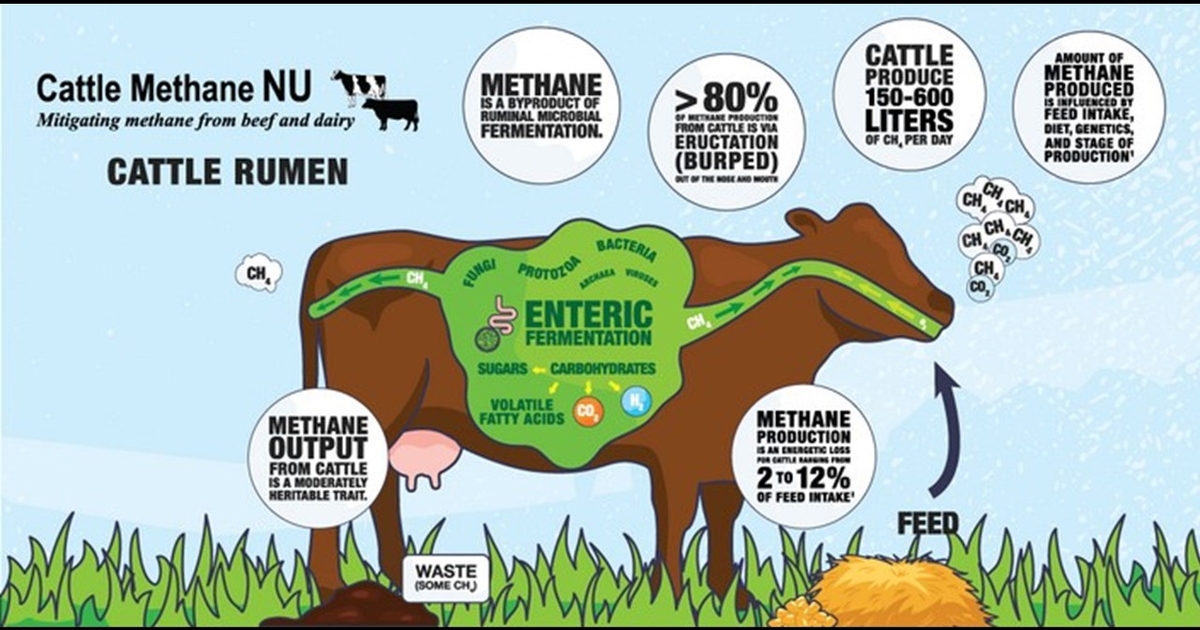USDA to issue Pandemic Assistance Revenue Program payments
Posted on December 14, 2023
Source: Farm Progress. The original article is posted here.

Eligible PARP applicants must have been in the business of farming during at least part of the 2020 calendar year and had a 15% or greater decrease in allowable gross revenue for the 2020 calendar year, as compared to a baseline year. PARP benefits help address gaps in previous pandemic assistance, which was targeted at price loss or lack of market access, rather than overall revenue losses. PARP was designed to help deliver financial assistance to a broader set of producers, including underserved communities, small and medium sized producers, and farmers and producers of livestock and less traditional crops.
“USDA realizes the importance of PARP payments, especially since they are benefitting producers who may not have received assistance through other USDA pandemic assistance programs,” said Farm Service Agency Administrator Zach Ducheneaux. “PARP implementation marks the delivery of the final program in the suite of pandemic assistance programs provided by FSA and is also one of the first times that FSA has delivered a program focused on decreases in revenue. The number of applications we received for PARP assistance shows there is producer need for and interest in programs that consider other indicators of disaster impacts on their business, like decreases in revenue.”
The PARP application period closed July 14. More than 38,500 PARP applications triggered payments totaling nearly $7 billion, meaning PARP program participation exceeds available funding. Therefore, consistent with PARP regulations, to ensure equitable funding distribution to all eligible producers, a 9.5% payment factor has been applied to all payments. These PARP payments are in addition to the $31.9 billion in pandemic assistance that USDA has already provided to eligible producers through the Coronavirus Food Assistance Program 1 and 2 as well as the FSA programs in the Pandemic Assistance for Producers initiative.
“It is important to remember that, as part of filling gaps in equitable service to all pandemic-impacted producers, we were able to increase the number of specialty crop and underserved producers benefiting from pandemic assistance and bring new producers to FSA through our Service Center doors,” said Ducheneaux. “The demand for PARP assistance greatly exceeds available funding resources. We left no stone unturned in our efforts to find additional funding. We worked to assist as many producers in need of help as possible in designing PARP, which requires the current decision to heavily factor payments consistent with program regulations.”

.jpg?disable=upscale&width=1200&height=630&fit=crop)


